There are many factors to consider when planning a dive trip, but this is one of the most important: what moon phase will you be travelling in, and how will the moon affect dives?
Travel logistics, marine life activity, seasonal weather, and ocean conditions – we usually consider all these factors when planning a dive trip. However, many of us forget to consider one of the ocean’s most important processes when planning a trip—the tides. So, what does this have to do with our dive trips? Simply put, almost every ocean dive destination has unique local conditions that change depending on the tide and currents.
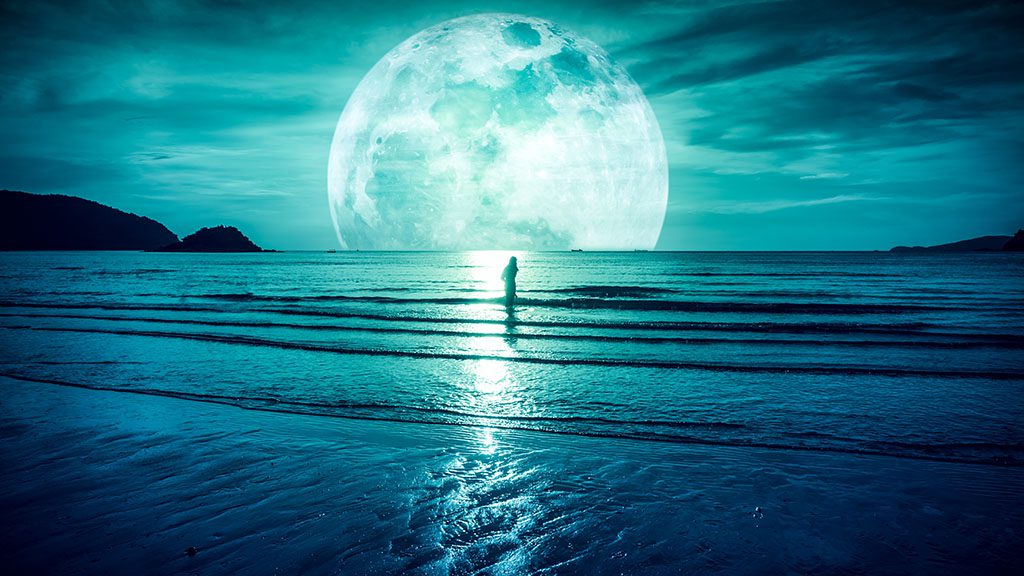
Visibility – and a lot of marine life activity – is influenced by it; breeding, feeding, spawning activity – all these behaviours change according to an incoming or outgoing tide, and new and full moon phases.
Spawning Events
Fish tend to spawn during specific phases of the moon, particularly during the new and full moons. This is because the gravitational pull of the moon on the Earth’s tides can trigger fish to spawn.
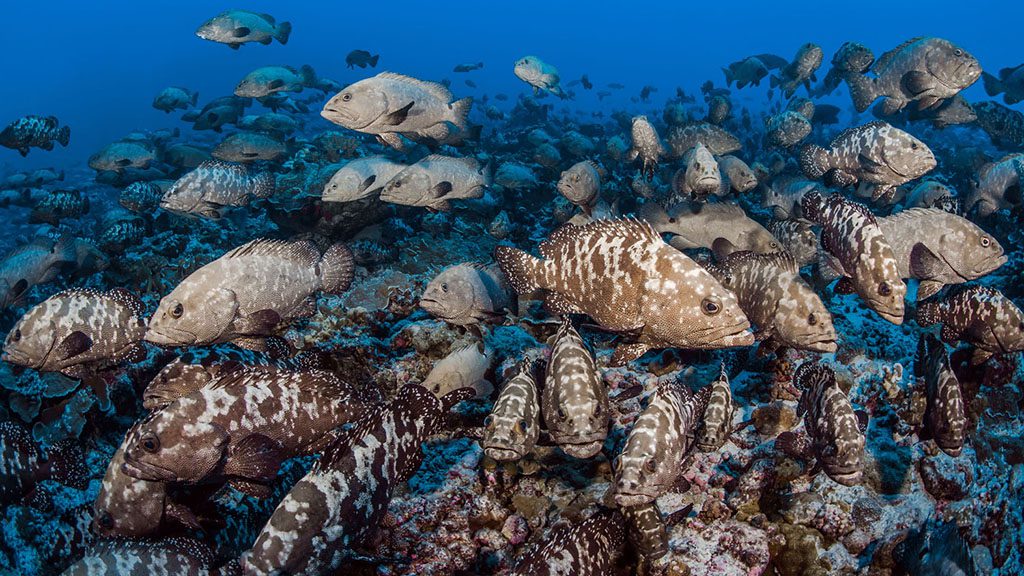
During the full moon, the increased amount of light can stimulate some species to spawn. Others choose to spawn during the new moon phase, when there is no moonlight to illuminate the eggs floating through the water column. The new moon coincides with larger tide swings, and eggs and larvae are released more effectively during a strong outgoing tide. This carries them farther away from the reef and predators, ensuring a greater chance of survival. Naturally, incoming tides help carry the eggs and larvae back into the reef to settle.
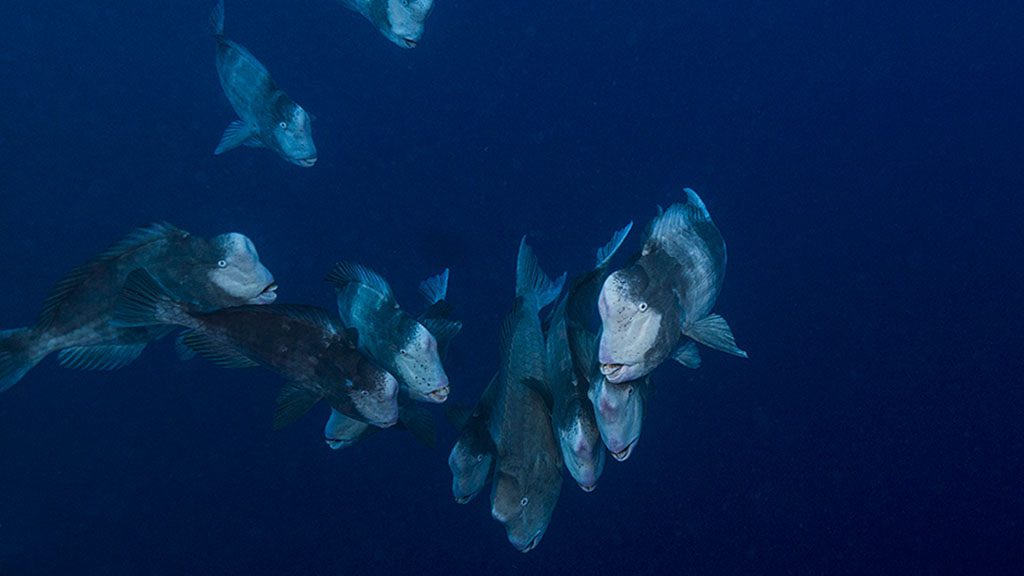
Throughout the world there are several well-known new and full moon spawning events, notably:
- Palau. Divers can witness bump head parrotfish spawning three to four days prior to each new moon, and each full moon you can see red spot snapper aggregate to spawn – all year. Other spawning events here include moorish idols, sea bream and unicorn fish.
- French Polynesia. The most exciting event here is undoubtedly the grouper spawning in Fakarava, which happens in June and July each year, but the activity in the channels of these remote Tuamotus lagoons changes throughout the day and month, dependent on tides and moon cycle.
- Great Barrier Reef. Each November, you can witness the biggest sex show on Earth, as the largest reef on the planet has its annual orgy. Several dive operators offer night dives or liveaboard trips to witness this spectacle.
Pelagics
An incoming tide will bring in some interesting pelagic invertebrates celebrated by black water divers and photographers, as well as much larger pelagic creatures like reef sharks, opportunists turning up each day for brunch.
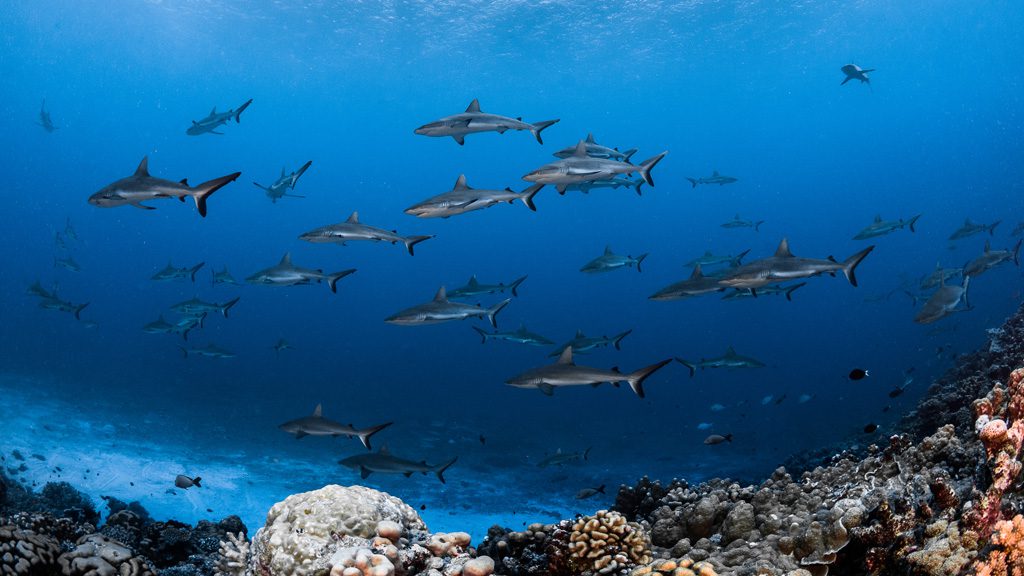
Visibility
Tides can also control visibility. Consider diving near the edge of a small group of islands, a bay or even in mangroves. An incoming tide will bring in clear ocean water while the outgoing tide will bring brackish water with more particulate.
This becomes especially important when diving WWII wrecks in places such as Coron, or Palau’s lagoons – where most wrecks lie in tidal waters – time it incorrectly, and the water can be very green!
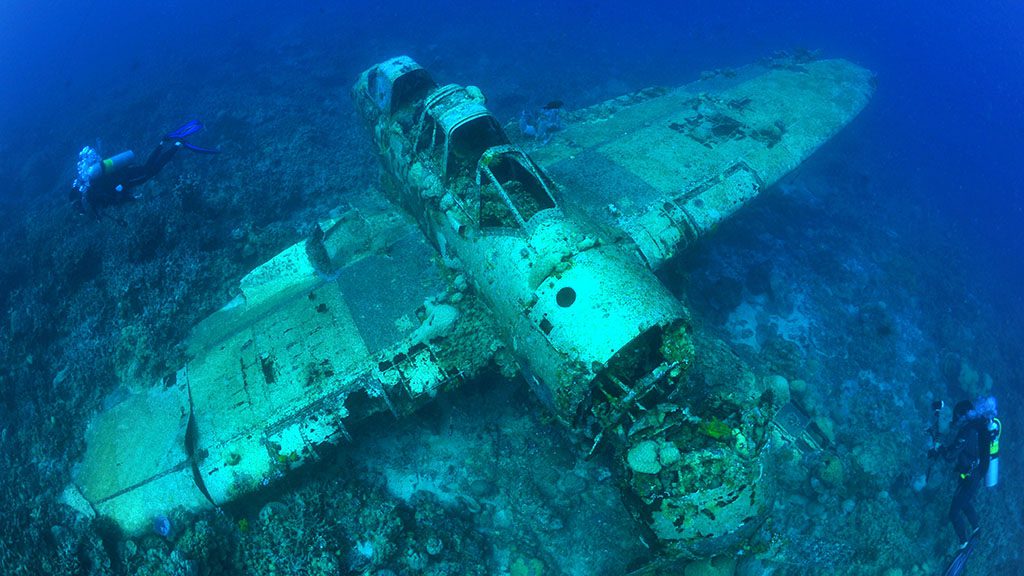
Strong currents
In many dive destinations, you simply cannot dive during large tide swings. Strong currents might carry you away into the blue, and down and diagonal currents present a serious hazard.
A good example of this is Fiji’s Great White Wall. This incredible dive site can only be dived on a slack tide – and only during a couple of moon cycles each month.
The key here is to make sure that the currents during your dive trip will be moving enough to bring the fish, but not so strong that reef hooks become a challenge to use. A good dive guide will be able to time the dive for optimal current.


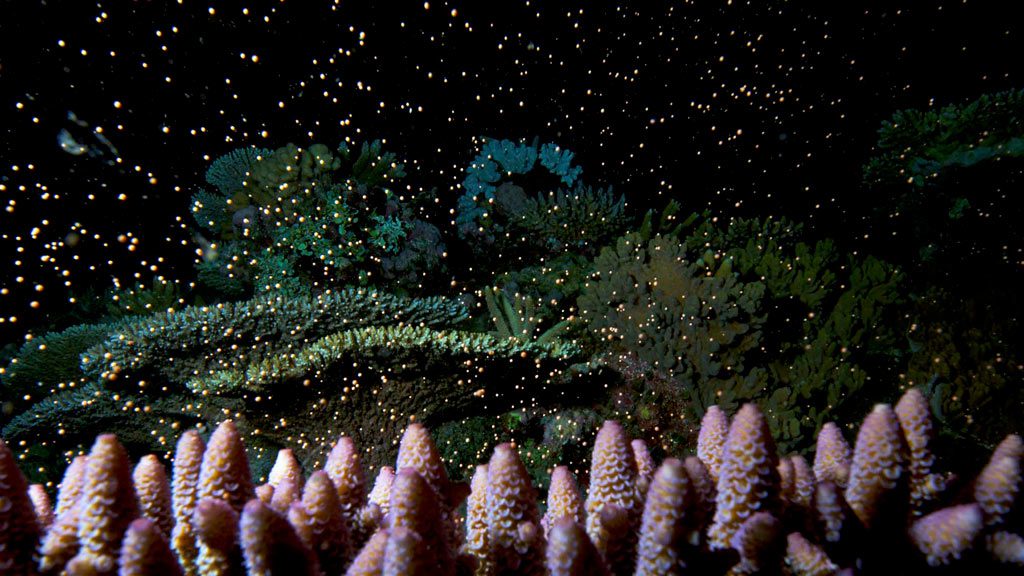
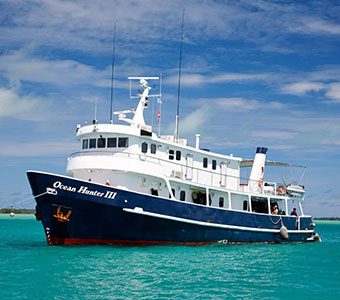
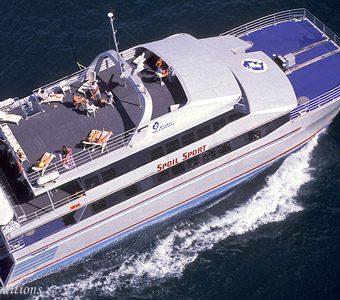

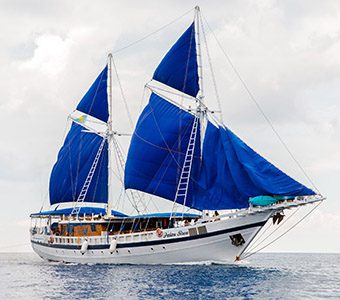
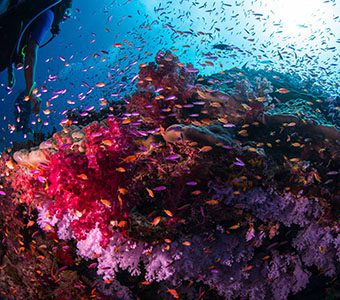



Hi,
Thank you for this wonderful article. I am a new diver and am hoping to go diving this October in Zanzibar. We really want to see sharks and big fish, and want to do at least one night dive. I wanted to know if it is better to go diving before the full moon, during, or after; or are currents, visibility and likelihood of seeing a variety of larger pelagic creatures all pretty much the same?
Thank you,
Manali
Hi Manali,
I would advise reaching out to a local dive centre for detailed advice on marine life activity. Generally, there is more ‘action’ when the tidal movement is at its most extreme, bringing with it stronger currents, in the lead up to new and full moons. This doesn’t always coincide with good viz! Talk to a local – they will know best about any particular destination!